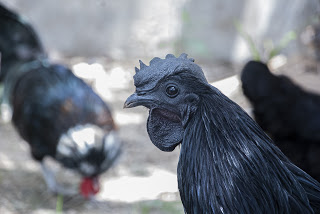The Malabar Neem Plantation
Malabar Neem or Melia dubia is a tropical tree which can grow more than 20 metres, this is the fastest-growing tree which can be grown from 4 to 5 years and with a growth rate of 15 years it can be used for timber.
This tree can be grown with other trees such as coconut and teak leaving large gaps, the gaps can be utilised to grow Groundnut and Green gram.
The Malabar Neem is grown in tropical moist areas and this kind of tree farming can be seen large in Assam, Sikkim, parts of West Bengal, Orissa and Western ghats.
TYPE OF SOIL AND TEMPERATURE REQUIRED TO GROW MALABAR NEEM
Fertile sandy soil is the ideal one to grow Malabar neem plant, some people even suggest to grow this plant in red soil and the plant needs low PH level for its healthier growth, the plant to be safer and healthier the field which the plant grows should be in dry condition and should be monitored timely.
Standard temperature and normal sunlight are essential for the growth of this plant, and in terms of rain about more than 900 mm yearly needed to grow Malabar plant, if the cultivation is in dry area very well water management is required.
GERMINATION OF SEEDS
Once the seeds are sowed it can take up to 3 months to germinate and about 30% of them will germinate, the seedling will be kept in polythene so that it can be protected from rotting.
Once the seedling grows up to 2 to 3 feet it is transplanted to farm and placed in a pit which is dug up to 2 cube feet, and sand, red soil and manure are poured to the pits, the plants are placed in a space of 6m x 6m between pits, the plants are placed in an upright position.
CONTROL OF PEST, YIELD AND USES OF MALABAR NEEM PLANT
The red spider is the most common invader which attacks the leaf and destroy the tissue and the leaf miners and wood borders can disease to pant. Plants can be protected by pesticides such as Methyl Parathion and Several pesticides are to control several diseases.
The healthier grown tree of Malabar neem can get the profit, the 10 to 15 years tree can be used for its timber and a 3 to 5-year tree can be used for paper production and can be used for plywood. one can get a higher price such a Rs.5,000/- to 8,000/- depending on the market.
IRRIGATION
When there is a rainfall no need to irrigate the Malabar neem plant, but during summer irrigation is important and one needs to irrigate the plants 5 times in 10 days, the best method to irrigate the plants is drip irrigation, the excess water in the field should be drained out to prevent stagnation around the plants.
MY VIEW
Cultivation of Malabar neem is very profitable once the plants are looked after with proper management.







No comments
New comments are not allowed.